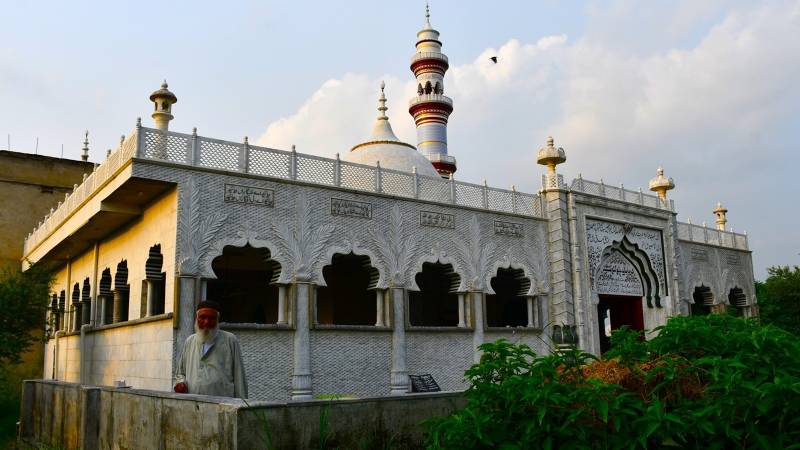
There are many shrines of Naqshbandi Sufis in Rawalpindi district. Many of them are spiritually connected to Khwaja Syed Noor Muhammad Churahi whose shrine is located at Chura Sharif in Attock’s Jand tehsil. The shrines of deputies and disciples of Khwaja Syed Noor Muhammad Churahi are located in several villages and towns of Pothohar. One such shrine belongs to Khwaja Muhammad Namdar, which is located at Nathial Sharif in Attock’s Pindigheb tehsil.
According to Jawahar-e-Naqshbandiyya by Muhammad Yousaf Mujaddidi (2003) Khwaja Muhammad Namdar was an eminent deputy of Khwaja Syed Noor Muhammad alias Baba Ji Churahi (1765-1869), who himself was a deputy of Khwaja Syed Muhammad Faizullah Terahi (1720-1819). Chura Sharia where the shrine complex of Khwaja Syed Noor Muhammad is located, is one of the leading Naqshbandi centres in the Pothohar region in Punjab. Many leading scholars studied in the madrassah of Chura Sharif and many of the eminent deputies of Khwaja Syed Noor Muhammad and his descendants spread the Naqshbandiyya Silsila not only in Punjab’s Pothohar but regions of Pakistan, India and Afghanistan.
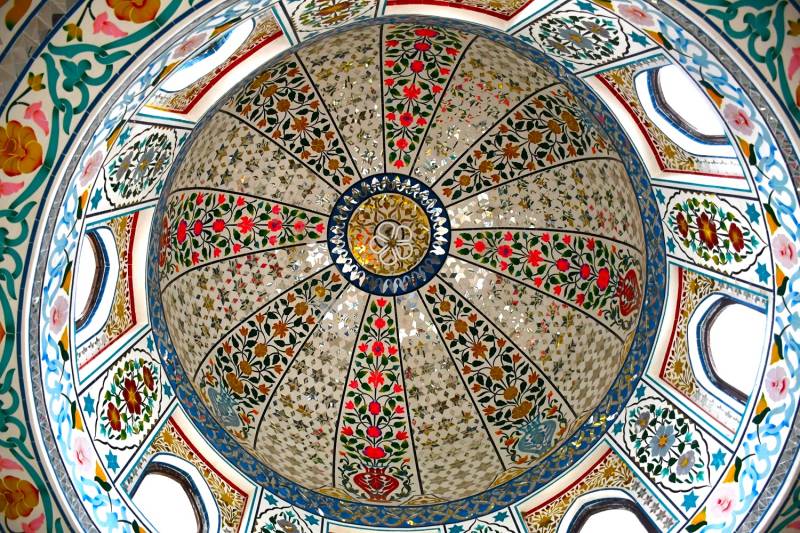
Rupper Sharif, also called Rupper Kalan Sharif, was once a thriving centre of Naqshbandi Sufi saints. It is spiritually associated with the Khwaja Muhammad Namdar, a deputy of Khwaja Syed Noor Muhammad. Rupper Kalan Sharif is noted for the shrine complex of Khwaja Shaikh Ahmed Ji Usmani in Rawalpindi’s Chak Beli Khan tehsil. The village is located about 2 km west of Khaba Barla or Khaba Morr in Chak Beli Khan tehsil.
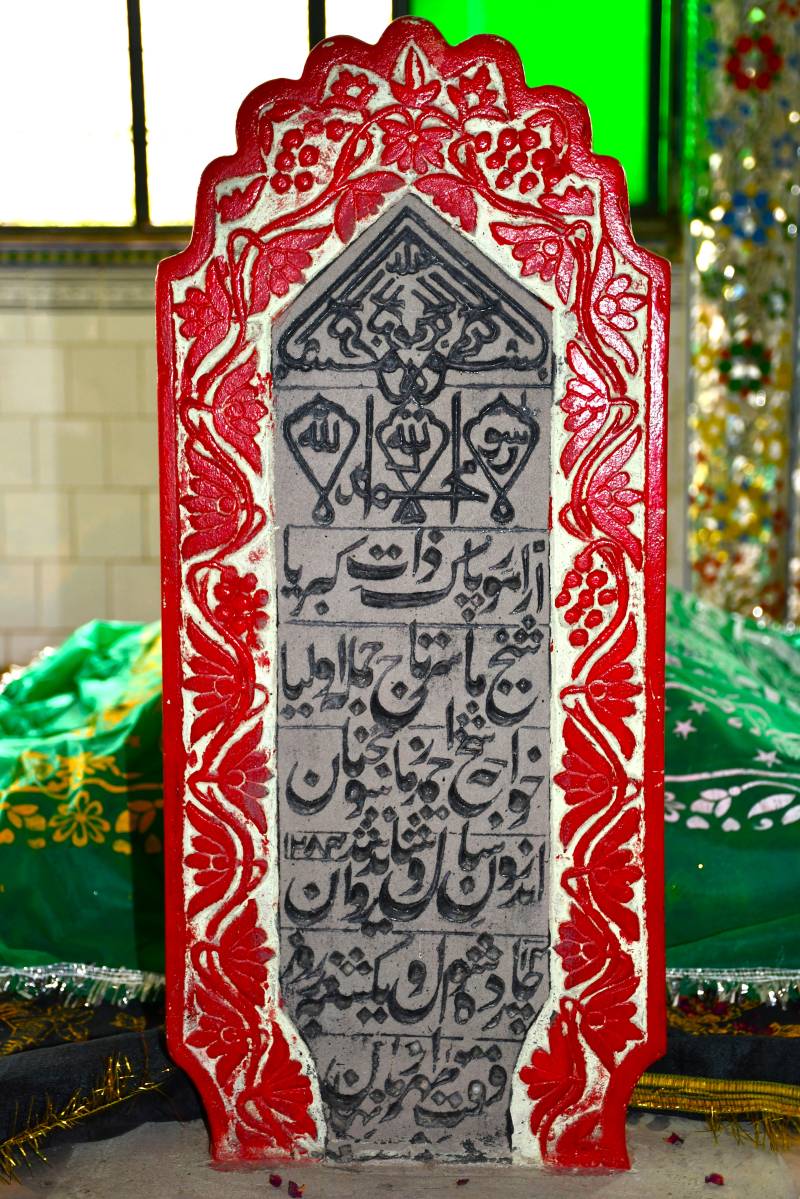
Khwaja Shaikh Ahmed Ji Usmani was a deputy of Khwaja Muhammad Namdar (d. 1893 ). According to Tuhfa Usmania by Maulana Zafaruddin Naqshbandi Mujaddidi (2004:218), Khwaja Shaikh Ahmad Ji Usmani was born in Moza Shalal in occupied Kashmir. He was first initiated into Qadirriya Silsila by his father. Maulana Zafaruddin believes that later, on the instruction of his father, he was initiated into the Naqshbandiyya Silsila. To find his spiritual master, he set out from Kashmir to Punjab and reached Chauntra in Rawalpindi. He stayed at a mosque in Chauntra for some time.
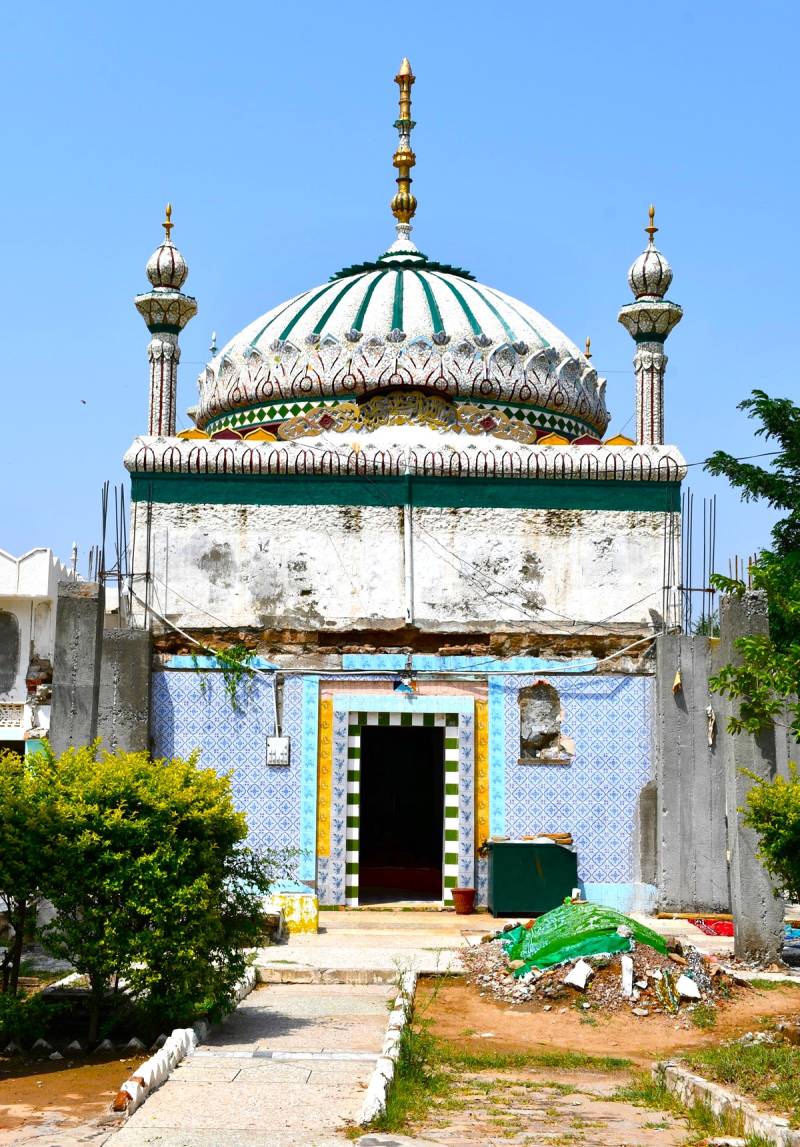
One learns from Gujar Khan Ke Suhrawardi Mashaikh by Hasan Nawaz Shah (2013:42) that Khwaja Shaikh Ahmad Ji Usmani came to Gujar's Khan Bher Ratial village where he first time met Khwaja Muhammad Namdar there. It was there that he was initiated into Naqshbandiyya Silsila by Khwaja Muhammad Namdar.
After getting a robe of initiation (Khirqa) from Khwaja Muhammad Namdar, Khwaja Shaikh Ahmad Ji Usmani established his khanqah in Rupper Sharif and started preaching the Naqshbandiyya Silsila.
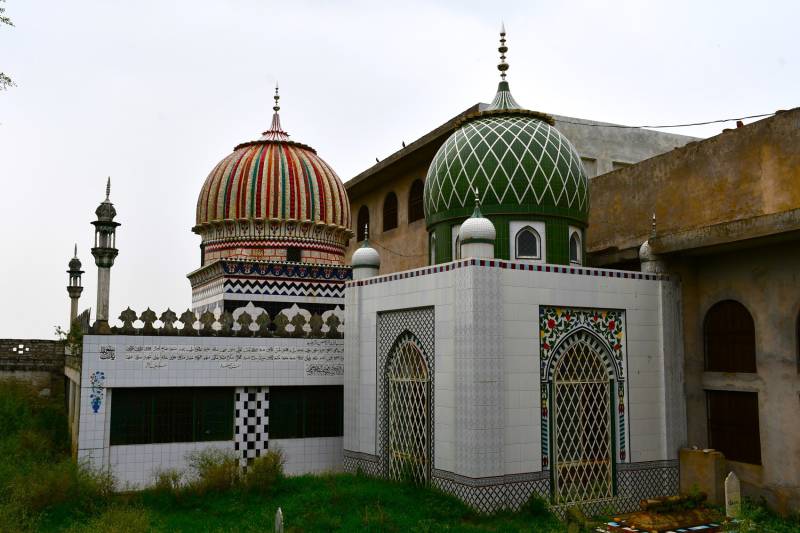
Sahibzada Muhammad Usman Usmani, the present Sajjada Nashin, of the darbar of Khwaja Shaikh Ahmad Ji Usmani, told me that Khwaja Shaikh Ahmad Ji Usmani received early education in Shalal in Kupwara district in what is now Indian administered Jammu Kashmir under the supervision of his father. He spent his entire life preaching the Naqshbandiyya Silsila. He frequently visited the khanqah of his spiritual master Khwaja Muhammad Namdar at Nathial Sharif and Khwaja Syed Noor Muhammad at Chura Sharif. Many people became his deputies and disciples. According to Majmua Shajrajat by Hafiz Abdul Hayee Usmani (n.d:40-41) there were about 22 deputies of Khwaja Shaikh Ahmad Ji Usmani including his three sons. His other deputies include Khwaja Muhammad Hussain, Khwaja Fazal Ahmad, Khwaja Fateh Muhammad, Moulvi Umer, Mian Nawish Ali, Khwaja Badaruddin, Mian Muqarab, Khwaja Barkhurdar, Syed Fazal Shah, Syed Gohar Shah, Baba Mehar Muhammad, Khwaja Hafiz Ji Sahib, Khwaja Hayat Bakhsh, Mian Habibullah, Khwaja Illahi Bakhsh, Mian Muhammad, Khwaja Pir Bakhsh, Mian Nazam and Mian Ali.
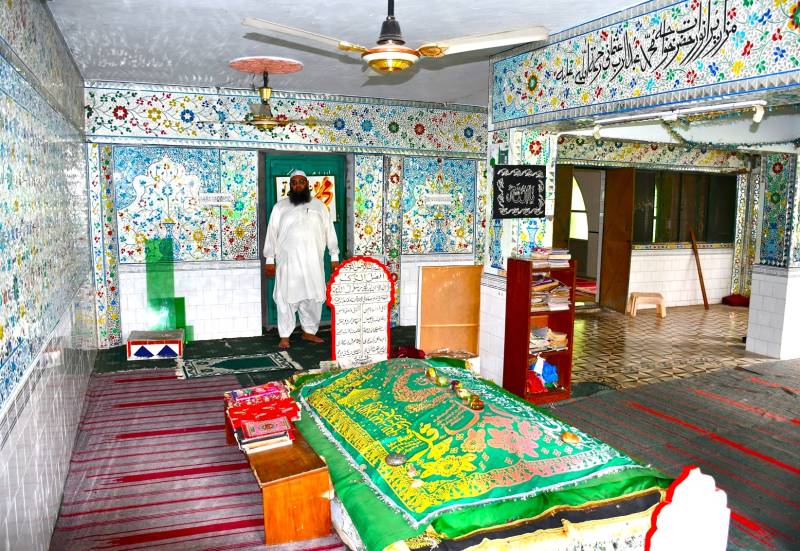
Like his other deputies Khwaja Fateh Muhammad spent his time preaching thought and the ideology of his spiritual mentor. He spent most of his time in Chucha Sheikhan village teaching students in the village mosque which is now called Jamia mosque Ghulaman Shaikh Ahmad Ji Rupperi. The grave of Khwaja Fateh Muhammad, who is called Mian Sahib by the local community, is located inside an enclosure at Chucha Shaikhan village near Jinnah Garden in Islamabad.
Hasan Shah Nawaz (2013:42) writes in Gujar Khan ke Suhrwardi Mashaikh that two deputies of Khwaja Shaikh Ahmad Ji Usmani – Moulvi Illahi Bakhsh Naqshbandi of Bahgam and Mian Badaruddin of Dhoke Ahir – were from Gujar Khan tehsil.
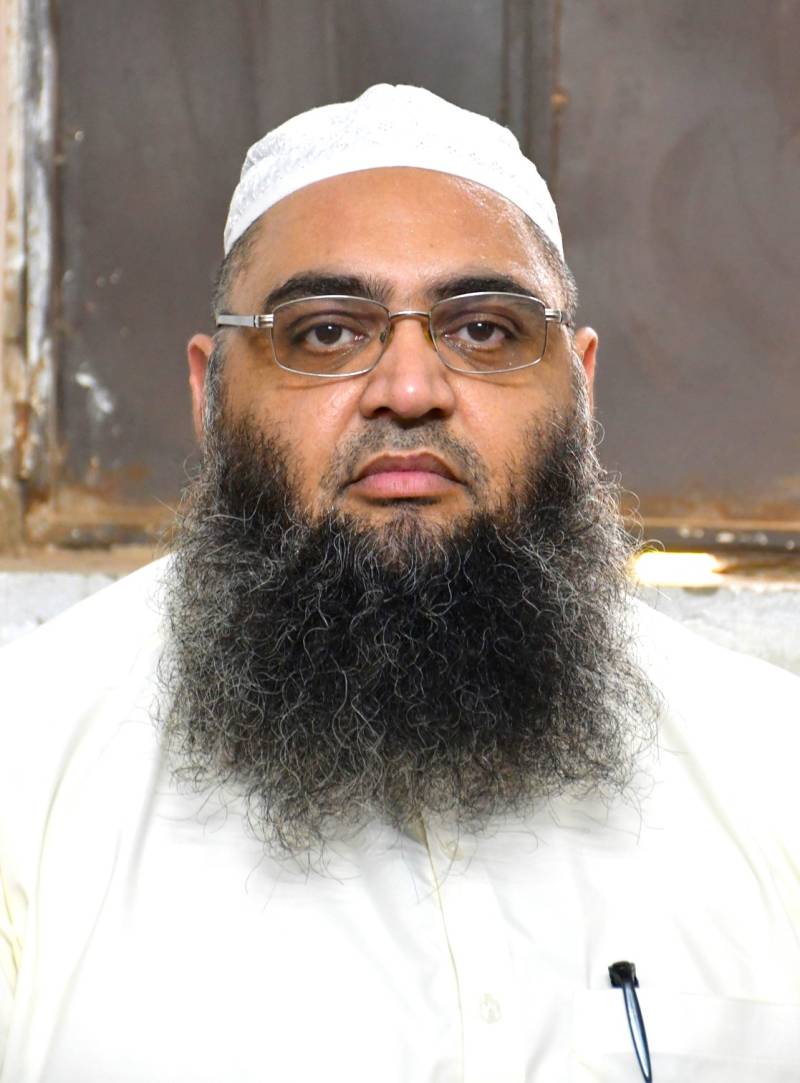
Khwaja Shaikh Ahmed Ji Usmani died in 1868, leaving behind three sons-Khwaja Faqir Muhammad Usmani, Khwaja Habibullah and Khwaja Muhammad Amin to continue his legacy. After his death, his eldest Khwaja Faqir Muhammad became Sajjada Nashin of the darbar of Khwaja Shaikh Ahmad Ji Usmani. Khawaja Faqir Muhammad Usmani was also a learned person and many people became his deputies and disciples. The followers and descendants of Khwaja Shaikh Ahmad Ji Usmani were literary persons. Some of the descendants produced literary works in Arabic, Persian, Urdu, and Punjabi. Khwaja Muhammad Amin, the son of Khwaja Shaikh Ahmad Ji Usmani wrote two books. Likewise, the deputy of Khwaja Shaikh Ahmad Ji Moulvi Illahi Bakhsh wrote Tuhfa Qadiriyya in 1877. Maulana Zafaruddin, a disciple of Khwaja Faqir Muhammad, was the author of many books. Some of his popular books included Tuhfa Usmania, Tasfiyyat ul-Qulub, Tuhfat ul-Jamal wa Khazanat ul-ahwal, Alshajarat ul-aliya al-taiba al-Naqshbandiyya al-Mujaddidiyya, and others. It is said that Maulana Zafaruddin also engraved the gravestones of Khwaja Shaikh Ahmad Ji Usmani and Khwaja Faqir Muhammad Usmani’s graves. Maulana Zafaruddin died on 26 October 1916 and was buried at the Kalyal graveyard in Rawalpindi’s Aadra locality.
Khwaja Faqir Muhammad Usmani and Khwaja Habibullah Usmani stayed in Rupper Kalan Sharif whereas on instruction of his father Khwaja Muhammad Amin went to Mastal village in Rawalpindi (now in Islamabad territory) to spread Naqshbandiyya Silsila. Khwaja Muhammad Amin continued to preach in Mastal Sharif and many people enrolled themselves as his disciples. Like his brothers, he was also an avid reader and author of two books. He also possessed a rare collection of books on Sufism, theology, and other subjects. Khwaja Muhammad Amin died in 1901 and was buried in Mastal Sharif. He had two sons Khwaja Abdul Hayee and Khwaja Abdul Ali. Both continued the missionary work of their father. After the death of Khwaja Muhammad Amin, Khwaja Abdul Ali became the Sajjada Nashin. He died in 1943 and was buried next to his father at Mastal Sharif.
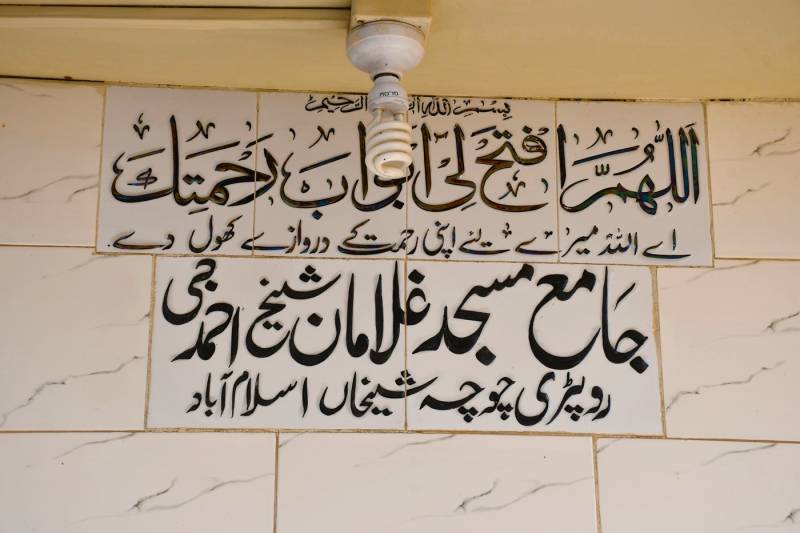
According to Faiz Usmania by Muhammad Manzoor Illahi Naqshbandi Mujaddidi (2005:14-15), Khwaja Faqir Muhammad Usmani had eight sons Abdul Haq, Hafiz Muhammad Suleman, Qazi Fzal Ahmad, Khwaja Muhammad Abdul Rab, Hafiz Abdul Hadi,Hafiz Abdul Khaliq, Abdul Ghani and Abdul Quddus. After the death of Khwaja Faqir Muhammad in 1898, Khwaja Muhammad Abdul Rab became Sajjada Nashin. He had four sons Sahibzada Abdul Hanan, Sahibzada Abdul Hayee, Sahibzada Abdul Qayyum and Sahibzada Muhammad Abdul Baqi. After the death of Khwaja Muhammad Abdul Rab Usmani in 1943, Sahibzada Abdul Hayee Usmani became the Sajjad Nashin of the shrine of Khwaja Shaikh Ahmad Ji Usmani. Khwaja Muhammad Abdul Hayee Usmani died in 2007 and now the present Sajjada Nashin is Sahibzada Muhammad Usman Usmani.
There are two tombs at Rupper Kalan Sharif. The first tomb belongs to Khwaja Shaikh Ahmad Ji Usmani which contains five graves. The tomb was built by a devotee of Khwaja Shaikh Ahmad Ji Usmani in the 1970s. Apart from the grave of Khwaja Shaikh Ahmad Ji Usmani, the graves of Khwaja Faqir Muhammad Usmani and Khwaja Muhammad Abdul Rab Usmani are also in the tomb. Two other graves belong to the wife of Khwaja Shaikh Ahmad Ji Usmani and Ghulam Kausar (d.1932), the daughter of Khwaja Muhammad Abdul Rab Usmani respectively. Adjacent to the tomb of Khwaja Shaikh Ahmad Ji Usmani is the tomb of Khwaja Muhammad Abdul Hayee Usmani which was built By Sahibzada Muhammad Usman Usmani. Adjacent to these tombs is the Jamia mosque Usmania Darbar which was first built by Khwaja Faqir Muhammad Usmani. It has been recently renovated and expanded by Sahibzada Muhammad Usman Usmani.
Naqshbandi Sufi saints of Rupper Kalan Sharif played an important role not only by spreading their Silsila but also in literary works. They also collected books and rare manuscripts for their library at Rupper Kalan Sharif.

